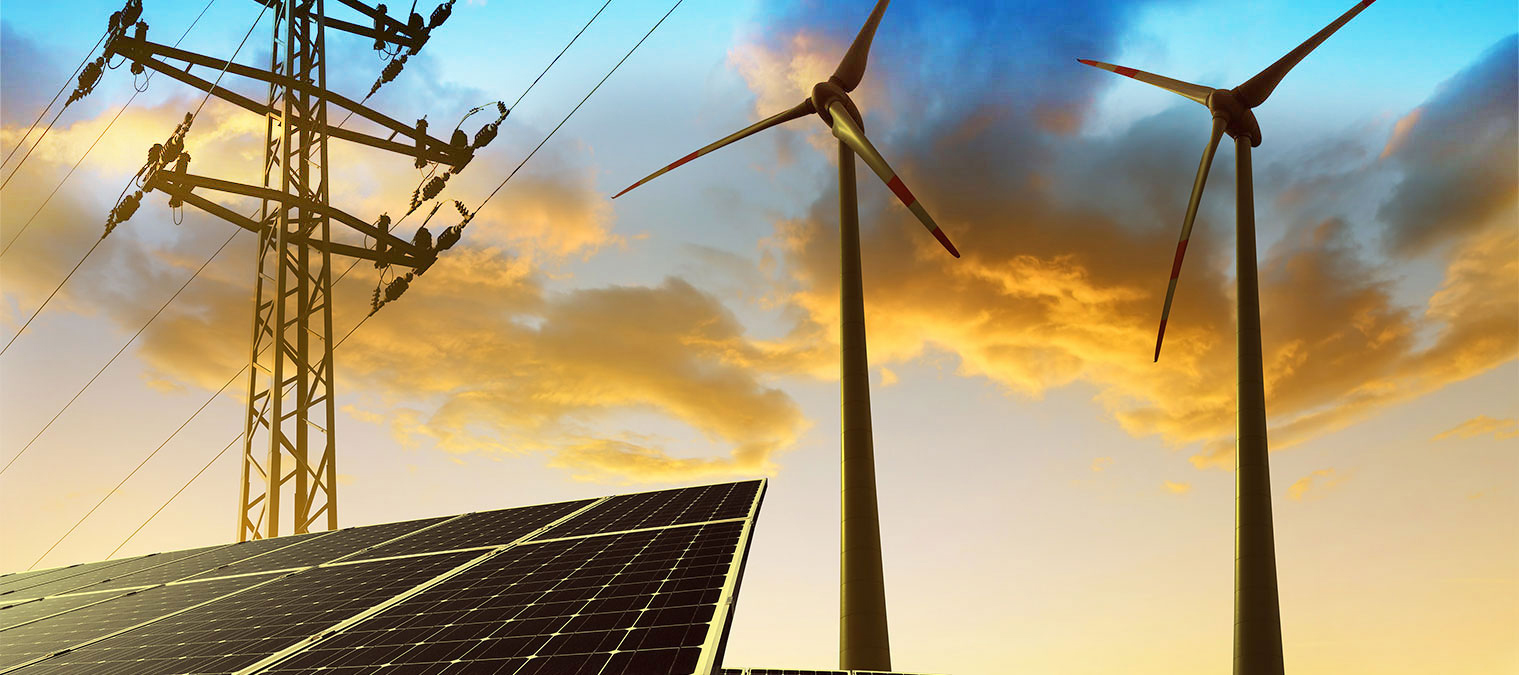The Government of India has ambitious targets of achieving 175 GW of renewable energy by 2022. As of March 2017, Karnataka's renewable energy capacity share stood at around 35% (out of 20 GW of the installed generation capacity mix). This is expected to increase as the state (KREDL) aims to have 6.86 GW of solar and 4.9 GW of wind generation capacity by FY19.
In this study, CSTEP looked at the impact of planned renewable energy addition (up to FY 2018-19) on Karnataka's grid. Detailed power flow analyses were conducted for each of the financial years 2017-18 and 2018-19. The analyses were conducted for six different scenarios, for these two years, in order to capture the variation in solar and wind generation, and the state's total demand. The study also looked into the effect that taluk-level limits on RE capacity had on the grid.
A Geographical Information System (GIS) enabled, Web-based energy planning platform has been developed to visualise power flow scenarios. The visualisation platform allows users to better understand the impact of high renewable energy capacity deployment in Karnataka.

